People usually skip winter when planning trips to Asturias or the Picos de Europa in northern Spain, but honestly, I found it to be a pretty magical time to explore. Snow blankets the peaks, villages go quiet, and the whole region just feels peaceful and untouched.
Winter can be a wonderful time to visit the Picos de Europa if you’re after snowy landscapes, fewer crowds, and a totally different vibe from Asturias.
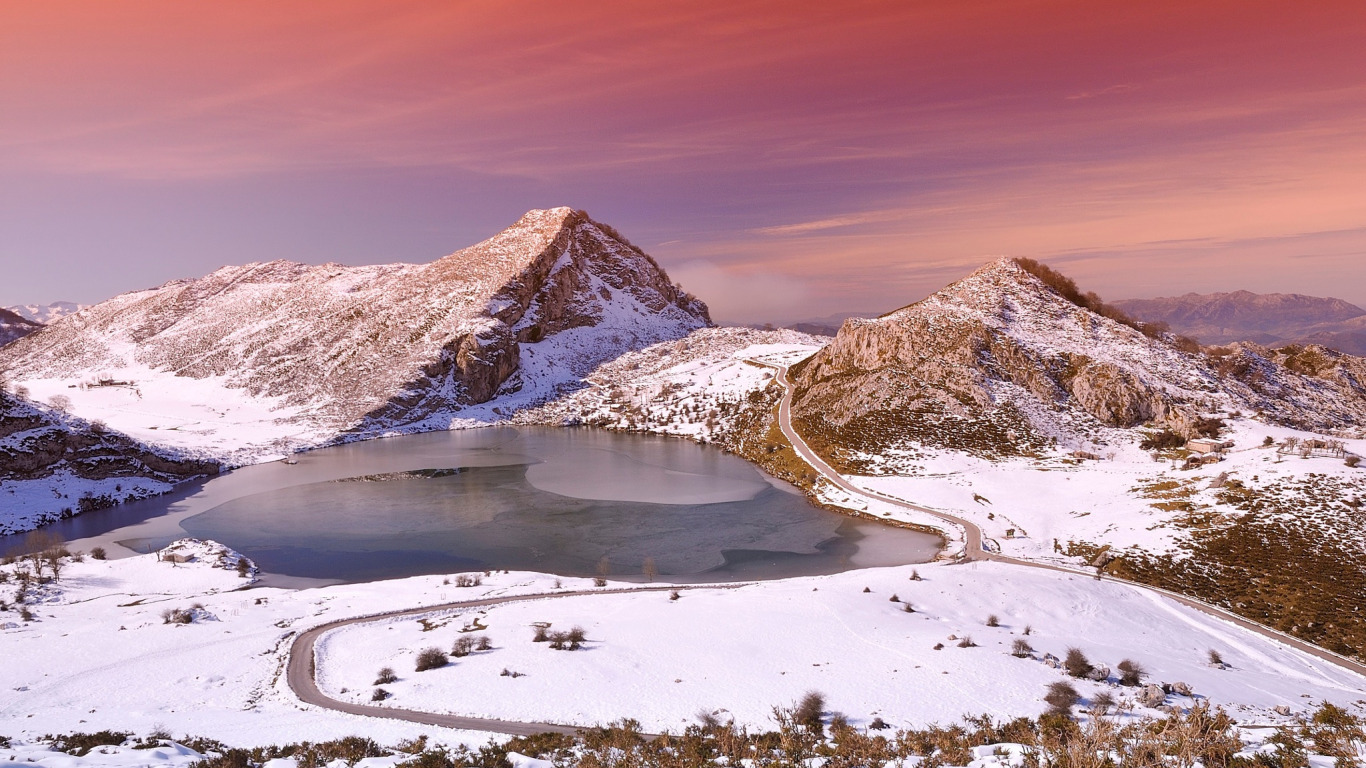
During my snowy adventures, I saw the trails and mountains in a whole new light. There are still plenty of walks and viewpoints, even if some high paths get blocked with snow.
If you don’t mind colder weather and shorter days, the off-season gives you a quieter, more personal experience you just can’t get in the busy summer.
Why Visit Picos de Europa in Winter?
Winter in the Picos de Europa National Park shows off a side of northern Spain most travelers never see. The air feels crisp, fresh snow covers the ground, and hiking trails turn quiet—completely different from the packed summer months or the mild winters down in Andalusia and the Canary Islands.
The Unique Charm of Off-Season Snow
I found a peaceful beauty in the Picos de Europa in winter that you just can’t get in summer. Snow transforms green valleys and sharp peaks into a white wonderland.
Footprints disappear overnight, and the silence is almost unreal.
With fewer visitors, even the most famous trails felt like my own. Popular villages like Covadonga and Bulnes were nearly empty, so I could actually chat with locals and enjoy Asturian food by a crackling fire.
The slow pace let me soak up the views—icy rivers, frosted stone houses, and mountains glowing in the sunlight.
Winter’s quiet draws out more wildlife too. On some walks, I spotted deer and birds that usually hide from noisy crowds in summer.
If you love tranquil, clean natural places, winter here is something special.

Comparing Winter and Other Seasons
Winter brings unpredictable weather to the Picos de Europa—cold air, snow, and short days. But compared to humid summers and rainy springs, I actually found the climate better for longer hikes (as long as I dressed right).
Unlike southern Spain or the Canary Islands, where winter barely feels like winter, Asturias gives you the real deal.
June and September bring mild weather and long days, so the park fills up with tourists. Trails that are packed in summer were wide open for me in winter.
Photography was easier, and sightseeing felt way more relaxed.
On the downside, some hotels, restaurants, and even mountain roads close or cut their hours from December to March. I had to plan ahead, pack warm layers, check local conditions, and stay flexible with my hikes.
If you’re willing to prep, the rewards are absolutely worth it.
Expectations vs. Reality: Personal Stories
I showed up expecting deep snow everywhere, but the reality was mixed. Some valleys had just a dusting, while higher trails were covered and sometimes closed.
Lower routes stayed open and gave me awesome views of snowy peaks—no risk of getting stranded.
Hiking up mountain passes in snow boots wore me out faster than I expected. One day, icy paths forced me to turn back, but I still found beautiful lower routes along rivers and through old forests.
Even easy walks felt special because the snowy landscape made everything look fresh.
Here’s a big tip—public transport is super limited in winter, and driving winding park roads in snow can be tricky. I learned to keep a backup plan and just enjoy the smaller mountain villages.
Places like Arenas de Cabrales had all the mountain charm without the summer crowds. Some of my favorite stories and photos came from these spontaneous stops.
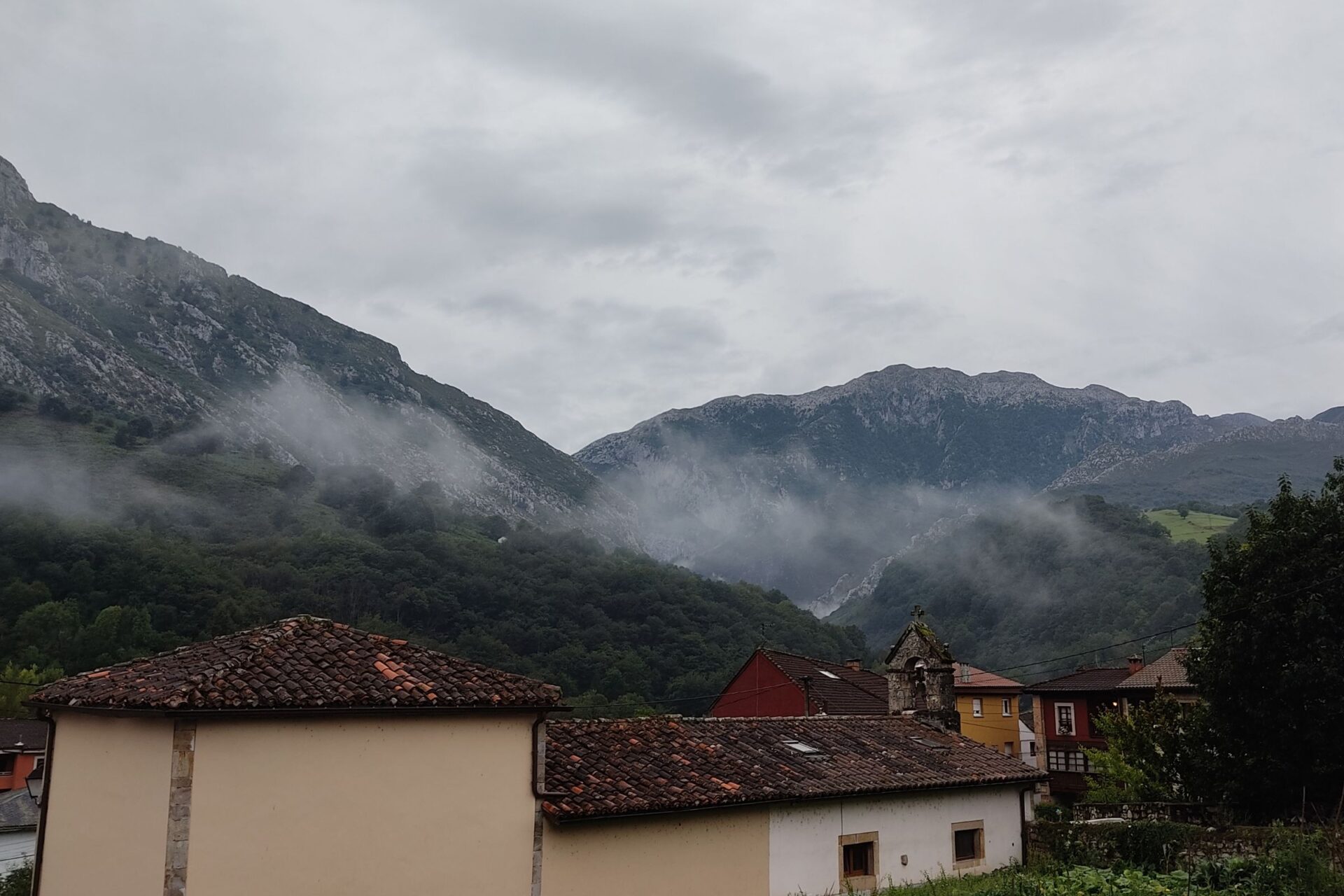
Essential Winter Activities and Sights
Fresh snow turns Picos de Europa National Park into something magical every winter. Summer draws the crowds, but winter gives you quiet trails, peaceful lakes, and towns dusted in white—perfect for off-season exploring.
Snow Hiking and Scenic Trails
One of my favorite winter experiences in the Picos de Europa is hiking through snow-covered trails. Even if higher routes get icy, many lower paths stay open and safe.
Snowshoes or sturdy waterproof boots help a ton.
The famous Ruta del Cares, which twists between dramatic cliffs, can sometimes be explored in parts, depending on the weather. Closer to Cangas de Onís, trails cut through quiet forests and stone villages.
Breathing in the crisp air and hearing nothing but crunching snow underfoot, I feel a deep sense of calm.
I always check the local weather before heading out and start hikes early to catch the best light and avoid the afternoon chill.
Tip: Dress in layers, and don’t forget snacks and water. Cell service can drop out, so I always download maps before leaving.
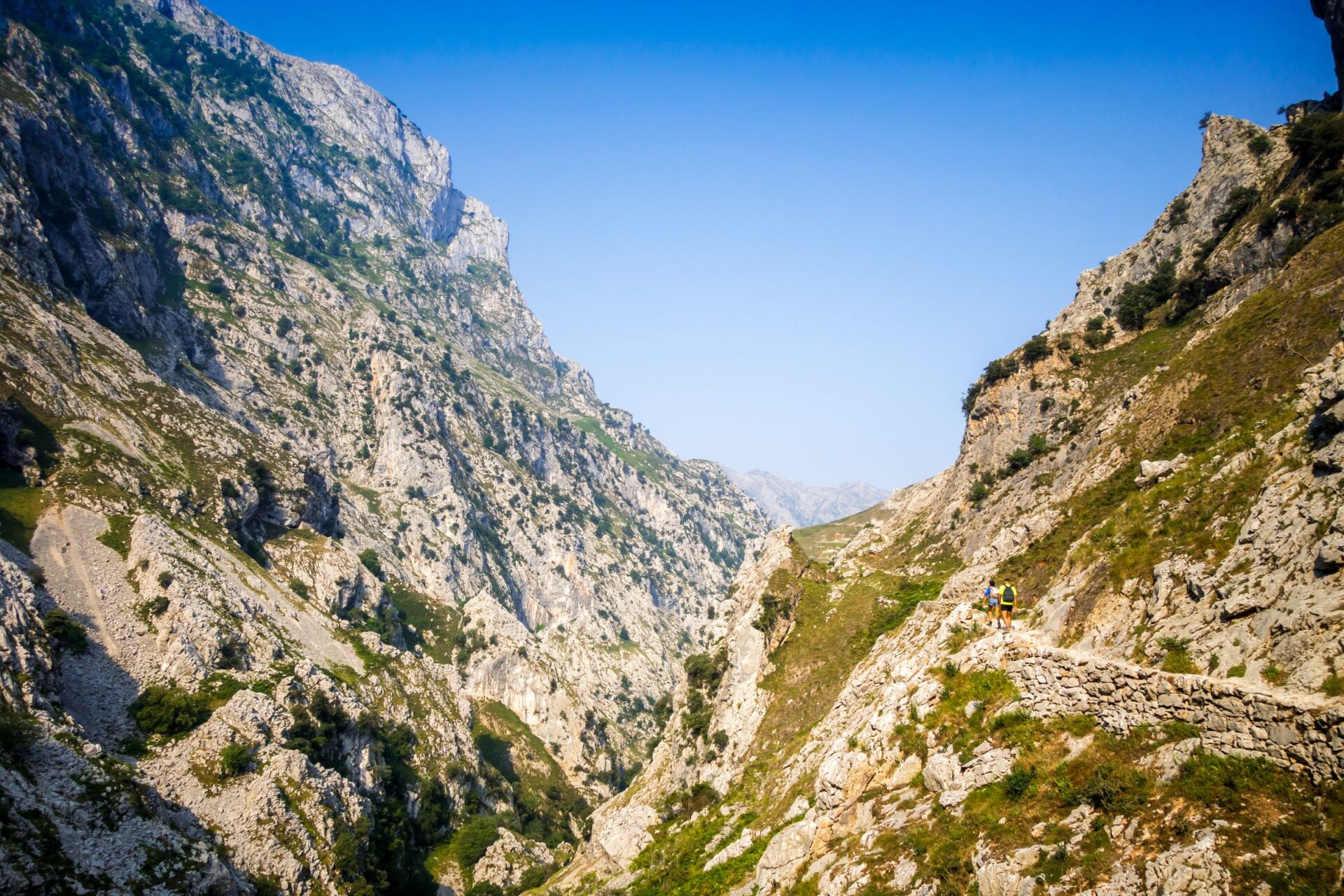
Exploring Glacial Lakes and Mountain Views
Glacial lakes like Lake Enol and Lake Ercina sit high up and look incredible in winter. Sometimes the roads up there close because of snow, so I call local info centers ahead.
When I do make it, the reflections of snowy peaks are unforgettable.
With fewer visitors, I get this rare feeling of having the mountains to myself. The altitude means colder air, so gloves and hats are non-negotiable.
On clear days, the sky frames the sharp limestone ridges perfectly.
I usually bring a camera, but sometimes it’s better to just stand still and soak it all in.
Here’s a quick checklist I use:
- Check road conditions
- Bring warm drinks
- Use traction devices for boots
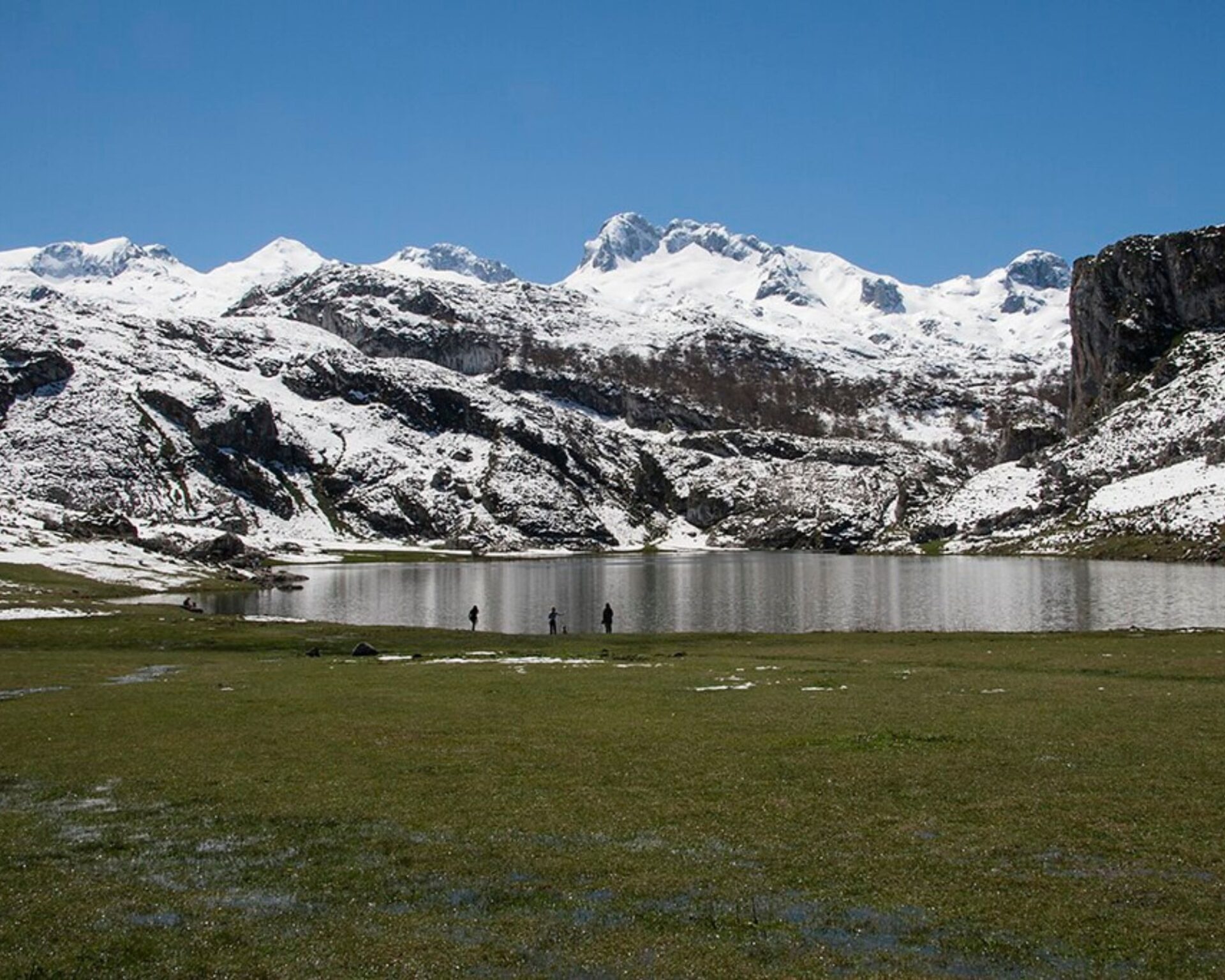
Image Source: Flickr
Charming Towns: From Cangas de Onís to Local Villages
In winter, towns like Cangas de Onís turn into cozy retreats. The Roman bridge, dusted with frost, is a classic sight as mist rises off the Sella River.
I love wandering narrow streets early in the morning and grabbing pastries from a bakery.
Nearby villages—like Arenas de Cabrales or Bulnes—let you peek into real local life. Traditional stone houses and quiet cafes make the perfect place to warm up after a hike.
Sometimes I catch a small festival or try fabada asturiana in a friendly tavern.
Locals often share tips for hidden paths or secret viewpoints. Staying open to their advice has led me to some of my favorite off-season discoveries.
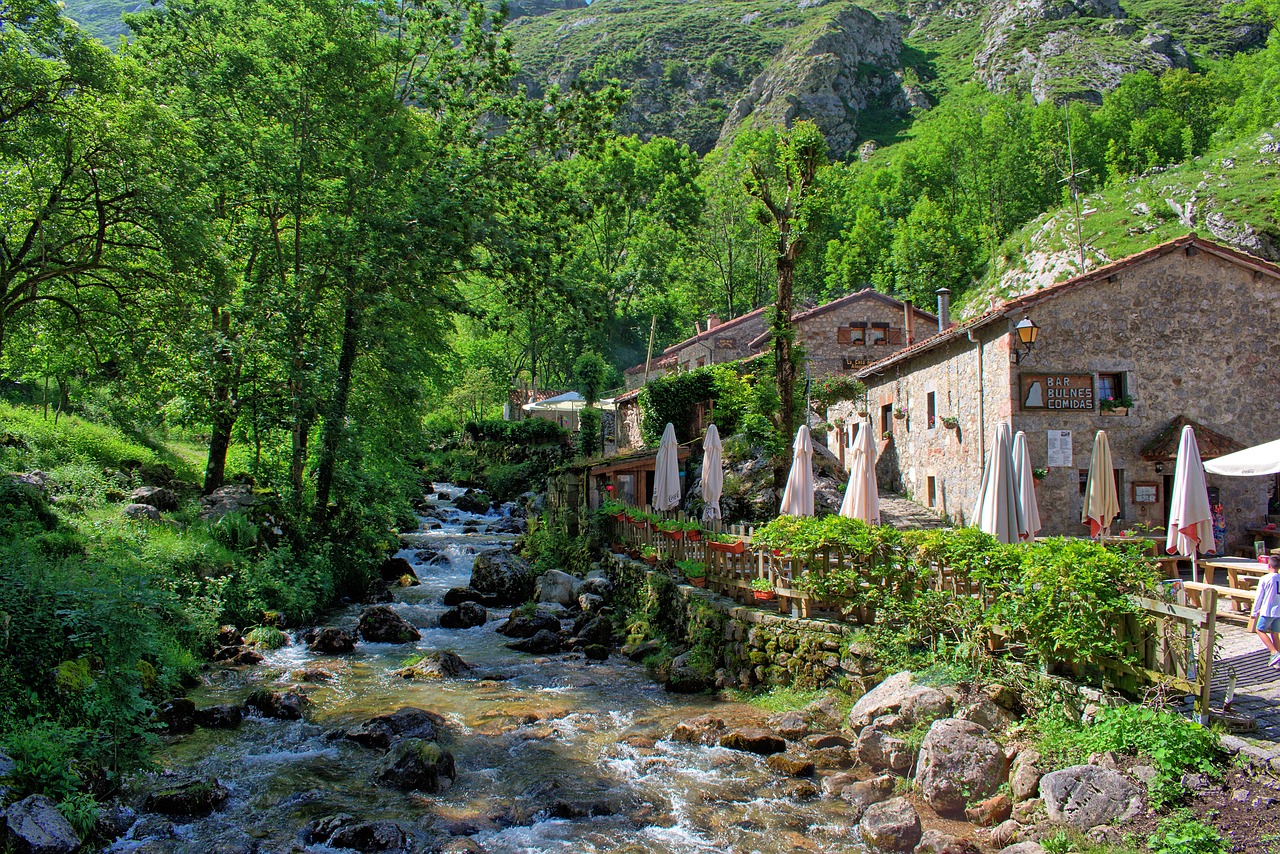
Planning Your Winter Trip: Itineraries and Logistics
Planning a winter trip to the Picos de Europa takes a bit of thought. Snow, changing weather, and fewer crowds make for a different kind of adventure, but with a little prep, you’re in for something magical.
Suggested Itineraries for Winter Adventures
In winter, most high mountain trails get snowed in, so I stick to lower elevations and reachable villages.
For a 3-day itinerary, I start in Cangas de Onís. I explore the Roman Bridge, hit the market if it’s open, and warm up in a local café.
On day two, I drive (or take the bus if roads are icy) to Covadonga. The Sanctuary looks amazing against the snow, and the nearby lakes are sometimes open—just check the weather, because roads often close after heavy snow.
Even if I can’t reach the lakes, the scenery along the way is worth it.
For the last day, Potes is my pick. I wander the old town and try a traditional mountain stew.
If weather allows, I take a short walk along the Deva river.
Tip: Winter days are short. I plan meals and transport so I’m not out after dark, especially in remote areas.

Image Source: Tripadvisor
Packing List and Must-Have Gear
Winter in Asturias means cold, damp, and fast-changing weather. Here’s what I always pack:
- Waterproof hiking boots
- Warm, breathable layers
- A waterproof jacket
- Hat, gloves, and scarf
- Spare socks and thermal underwear
- Small daypack
- Reusable water bottle
- Travel insurance and important documents (passport, visa if needed)
- Power bank and offline maps
- Snacks—some areas close early in winter
I carry a printed itinerary just in case my phone loses service. A lightweight headlamp helps if it gets dark early.
How to Get There: From Madrid and Barcelona
Getting to the Picos de Europa from Madrid or Barcelona is pretty straightforward, but you need to plan a bit.
From Madrid, I usually take a train or bus to Oviedo or Santander. The train ride takes about five hours, then I rent a car for the final stretch.
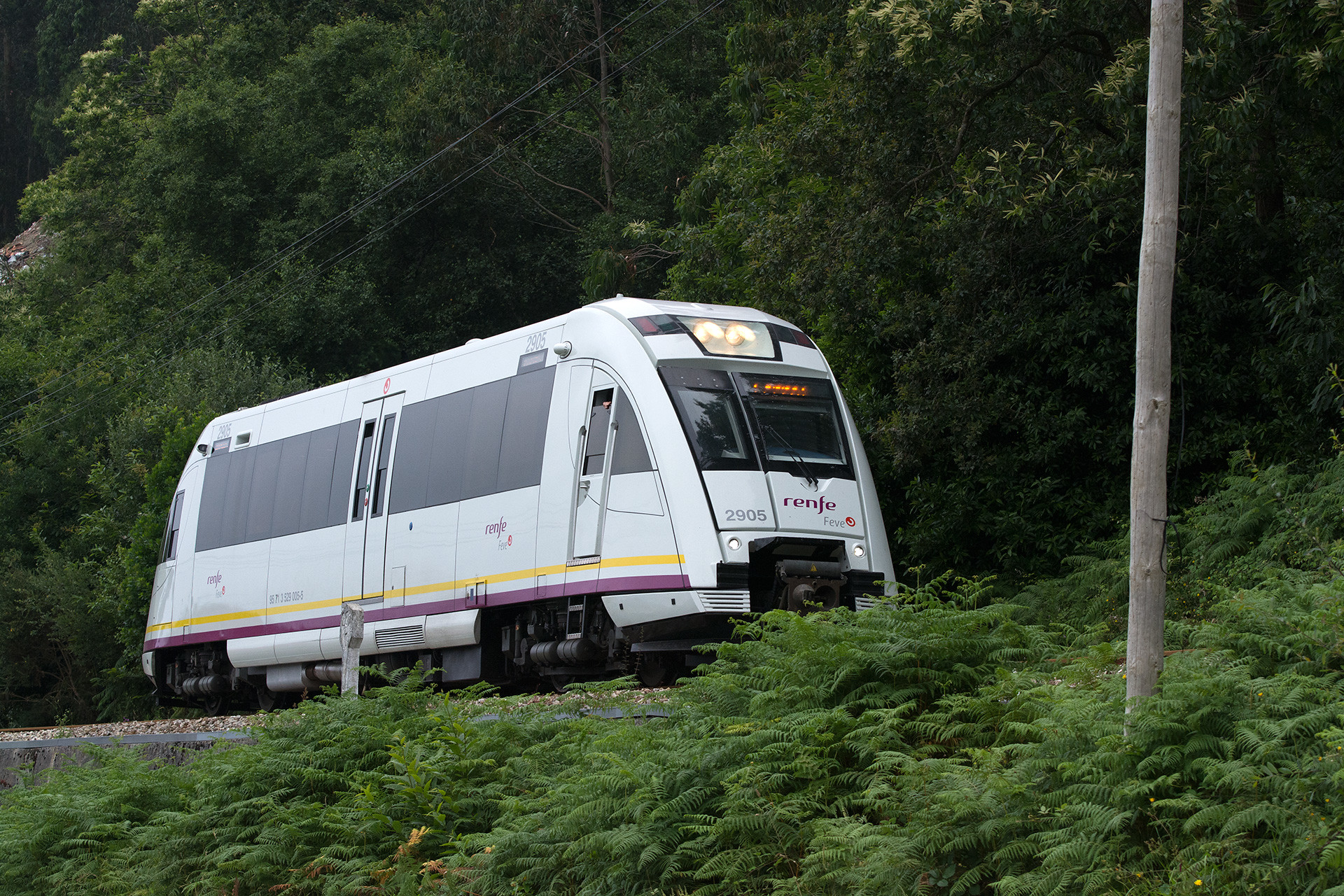
Image Source: Flickr
Rental cars are really the only way to explore remote villages, but I always check the weather and road conditions in winter.
From Barcelona, flying to Santander or Asturias Airport is quickest. Once there, I grab a car or hop on a bus to Cangas de Onís.
Just a heads-up: public transport is limited in the park during the off-season, so I keep my plans flexible.
On every road trip, I keep my travel docs, insurance, and a backup ID in a secure pouch for peace of mind.
Booking buses and rentals early is smart in winter, since schedules can be reduced.
Travel Tips for a Safe and Memorable Experience
Traveling to the Picos de Europa in winter brings its own set of challenges. From unpredictable mountain weather to language barriers and staying connected, a few practical steps and handy phrases can make your trip safe and fun.
Navigating Winter Weather Conditions
Winter in the Picos de Europa means fast-changing weather, snow, and icy trails—especially up high. Before every hike, I check the local weather with apps like AEMET or MeteoBlue.
Packing layers is a must—thermal shirts, waterproof pants, gloves, and a windproof jacket make all the difference.
Good boots with solid grip are essential. Some of my favorite memories come from early mornings when the valleys are quiet but also slippery.
I bring microspikes or crampons if I plan to go above 1,500 meters.
Trail info at park centers helps me decide if it’s safe, and I never hesitate to turn back if visibility drops.
A simple winter packing list saves time:
| Item | Why It’s Important |
|---|---|
| Wool hat/gloves | Warmth at higher elevation |
| Waterproof jacket | Protection from snow |
| GPS/Compass | Trails may be covered |
I always let someone know my route, since phone signals can drop at higher elevations.
Local Vocabulary and Useful Phrases
Not everyone speaks English in rural Asturias, so picking up some basic Spanish is a lifesaver. Locals really appreciate it when you try.
When I got lost once, asking “¿Dónde está el sendero?” (Where is the trail?) saved me a lot of hassle.
Here are the phrases I used most:
- ¿Está abierto? (Is it open?)
- Nieve (Snow)
- ¿Hay hielo en el camino? (Is there ice on the path?)
- Altitud (Altitude)
- ¿Dónde puedo encontrar ayuda? (Where can I find help?)
A pocket dictionary or Google Translate offline helps a lot in remote areas.
Friendly greetings like “¡Buenos días!” often lead to good advice or even an invite for traditional cider.
Staying Connected to Modern Spanish Life
It’s easy to think of the Picos as remote, but modern Spanish life is never far away. In winter, I found Wi-Fi strong in most villages, even in mountain guesthouses.
Social media makes it easy to connect with local tour groups, guides, and get weather alerts.
Mobile coverage drops with altitude, so I save emergency numbers and offline maps in advance.
On my last trip, I joined a local hiking group’s WhatsApp chat—sharing trail updates and meeting for meals kept things sociable, even with snow falling outside.
Many bars and cafes stream Spanish football or play local pop music, and it’s fun to join in. Modern Asturias blends tradition with new comforts, making off-season exploring feel less lonely and a lot more rewarding.
The Literary Side of Asturias: Culture and Inspiration
Asturias isn’t just mountains and snowy trails—it’s a place where writers have turned landscapes into words. From classic poems set by rivers to language guides used in Madrid, the region’s literary connections add a whole new way to discover its character.
Poetry and Literary Works Inspired by Asturias
When I wandered through the Picos de Europa, the valleys and forests just begged for poetic attention. Local writers like Ángel González really capture the mist and mystery in their verses.
He often weaves places like Oviedo and the wild coast into his poetry. Something about those landscapes just sticks with you.
Leopoldo Alas “Clarín” left his mark too—he wrote about life in Oviedo in his novel La Regenta. Asturias-born poets often use the mountains as a backdrop for longing or hope.

Image Source: Wikimedia Commons
Honestly, it makes sense. The winter snow turns everything timeless and a little bit dreamlike.
If you’re curious, bookshops in Oviedo and Cangas de Onís usually carry collections by these authors. I still remember reading their work beside a window, snow quietly falling outside. It’s a feeling that’s hard to shake.
The Influence of the Royal Spanish Academy
Asturias has shaped Spanish language and literature for a long time. People from here have worked with the Real Academia Española (Royal Spanish Academy), which sets the rules for the language.
This academy decides which words and grammar make it into official Spanish. Ramón Menéndez Pidal, a linguist from Asturias, pushed to modernize the Spanish dictionary.
Asturian voices at the academy fight to keep regional sayings and literary traditions alive. When I talked with local teachers, their pride in these connections was obvious.
Some schools even place the academy’s guides next to classic Asturian poetry. It’s a neat way to tie Asturias’s culture to the wider world of Spanish learning.
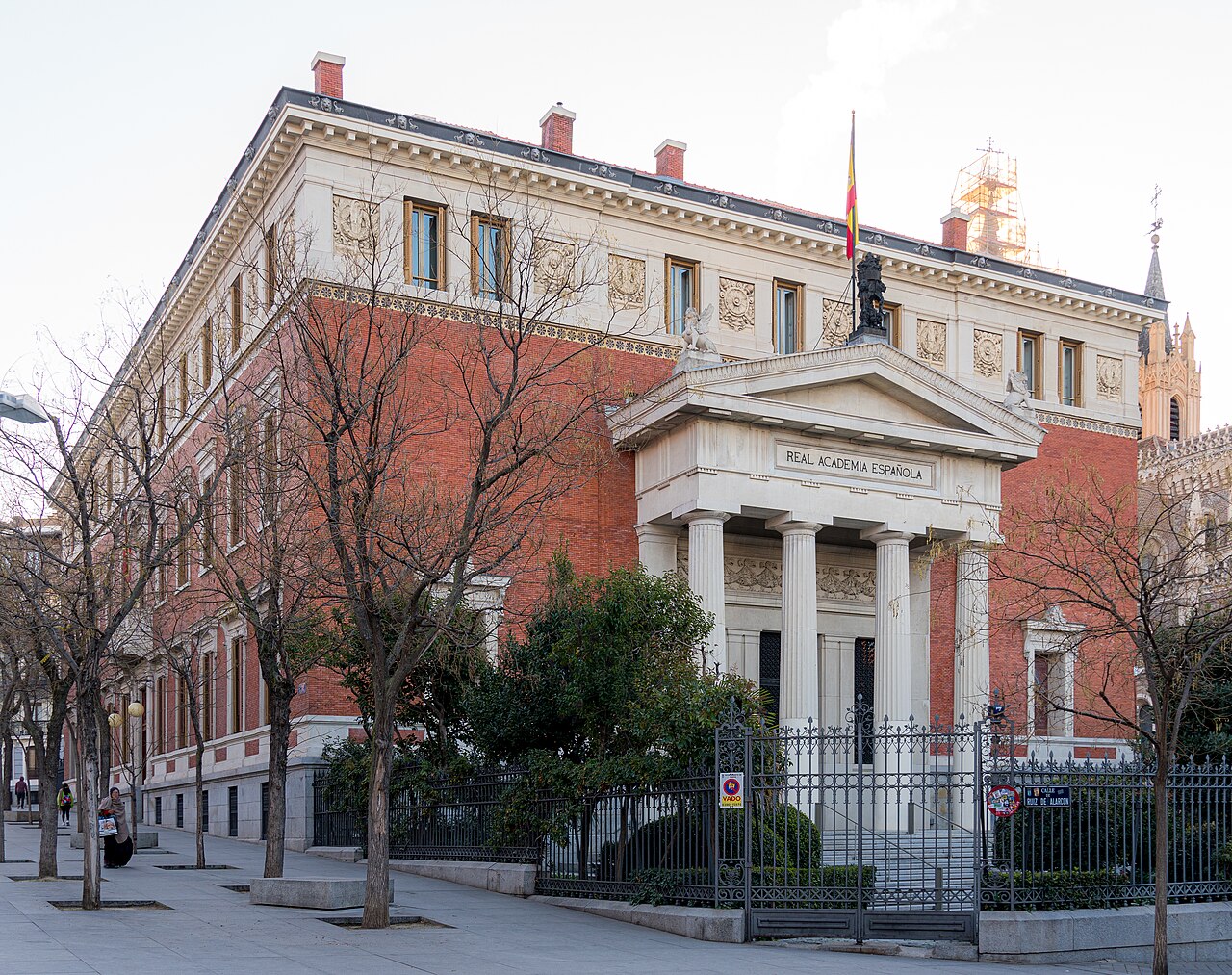
Image Source: Wikimedia Commons
Tips for Memorizing Spanish Literature
If you want to get a feel for Asturias through its literature, try memorizing your favorite lines or poems. I usually grab some flashcards and use apps like Anki. I’ll make cards for words or lines pulled from Asturian poems—nothing too fancy.
Reading aloud definitely helps. It’s not just about pronunciation; somehow, it makes the poetry feel real. Sometimes I write lines down by hand, usually in a travel journal. For me, that’s when they actually stick.
With longer books like La Regenta, I just split chapters into smaller chunks. I’ll mark up the passages that stand out. Highlighting and repeating the main ideas out loud—honestly, it makes memorizing less of a chore.
I’ve found these habits pull me closer to the literary heart of Asturias.

